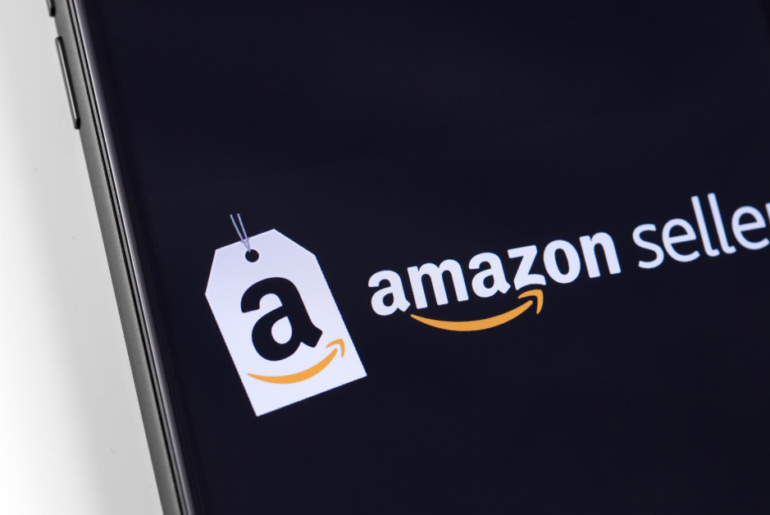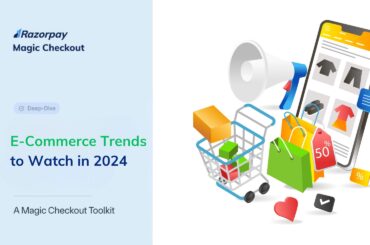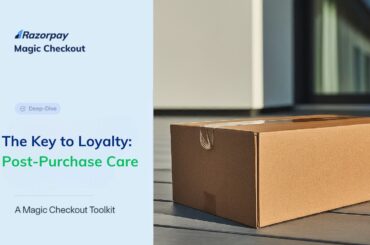Amazon helps third-party businesses sell products on their online store. But why should small businesses sell on Amazon?
Because Amazon is the largest online retailer in the world and the e-commerce giant generated around $280 Billion in revenue in 2019. Also, 50 percent of all sales on Amazon comes directly from independent sellers.
Table of Contents
Benefits of selling on Amazon
1. Seller Central for small businesses
Seller central is a one-stop-shop portal for managing your account, and everything to help you navigate your business.
- Manage your inventory and update your listings
- Get custom reports and track your progress
- Use selling partner support and open help tickets
- Track of the daily sales of your products on Amazon
2. Sell to a global audience
Amazon Global Selling allows small businesses or sellers to reach customers in more than 100 countries. Use Amazon’s advertising solutions to reach and engage with your customers. The Ads show up on the first page of search results or product details pages.
Signing up on Amazon will help small businesses get paid support from the company assigned third party professionals.
Also, Amazon has 300 million active customers in more than 180 countries, 195 million monthly unique visitors (in the U.S. alone) and $1.5 billion reported sales by third-party businesses during Prime Day 2018.
How small businesses can sell on Amazon
1. How small businesses can register their seller account on Amazon
To become an Amazon seller, individuals must keep their GST Number, PAN card and current bank account details handy.
If you are an Individual business and have not registered for GST, then you need not worry because registering for GST is a straightforward process.
After you register, you will get access to Amazon’s one-stop portal called seller central.
If you’re wondering how to include profit margins and get real-time GST inclusive & exclusive rates for your e-commerce products you can check out our free GST calculator
Related Read: How to Get a Business Pan Card?
2. How small businesses can list their products on Amazon
After completing the registration, small businesses or sellers need to list their products on Amazon (Amazon provides listing tools on Seller Central).
Small businesses can also upload their listings of products in bulk if they use a professional seller account or they can do the same by using third-party systems.
Proper listing of your products on Amazon can help small businesses reach millions of customers, and your products can also become eligible for Amazon Prime.
Amazon also provides the option to advertise your products to reach relevant audiences.
3. How small businesses can add product details on Amazon
The product detail page is where customers can view all products sold on Amazon. There’s a higher chance that many sellers or small businesses will offer your products, but you can always stand out.
To sell successfully on Amazon small businesses need to figure out the best way your customers can find your products, discover answers to their questions and make a purchase.
Here are some tips for small businesses:
- Do not exceed 200 characters in the title
- Capitalise the first letter of every word
- Improve your description with relevant keywords
- Use high-quality images (1000 x 1000 pixels)
- Use different picture variations
- Use short and descriptive sentences to highlight key features
- Add featured offer button on your page
What’s next for small businesses?
After completing the registration, listings and product details, small businesses should wait till the order is placed for their products. Amazon will send an email about the sale, or you can also track on your seller central dashboard.
If small businesses choose ‘Fulfillment by Amazon’ (FBA), then the ecommerce giant will take care of storage, picking, packing, shipping and customer inquiries, too.
And non-FBA accounts come with the ‘Easy Ship’ option, which means Amazon will pick products from sellers and deliver them to the customer. Also, sellers can avail Prime benefits if they can deliver orders the same day to their customers.
Now let’s talk about payments.
The payment for your sold products will be deposited in your account every 14 days, and can also track your accumulated balance in your Seller Central account.
Fees for selling on Amazon
The fees depend on the fulfilment channel you are using to deliver orders.
1. Easy ship fees on Amazon
- Referral fee – starts from two percent
- Closing fee – varies by product price range
- Shipping fee – varies by item volume and distance (Starts at Rs. 38 per item shipped)
2. Self fees and shipping charges on Amazon
- Amazon referral fee – same as the easy ship
- Closing fee – similar as easy ship
- Shipping Cost – depends on the third-party carrier of your choice
3. FBA fees on Amazon
- Amazon referral fee – same as easy ship
- Closing fee – reduced closing fee for FBA
- Shipping fee – reduced shipping fee for FBA
- FBA specific Fees – pick, pack and storage fees
Note: Small businesses can also calculate their profit on Amazon.
Conclusion
Brick and mortar stores are closing up due to restrictions caused by the pandemic and retailers with a robust digital strategy are bound to stand out, sell and survive.
The SARS outbreak was responsible for the meteoric rise of ecommerce platforms like Alibaba. As an Individual business or seller, the price of selling online is very reasonable, and in the current environment, the right decision to battle uncertainty and earn money.





